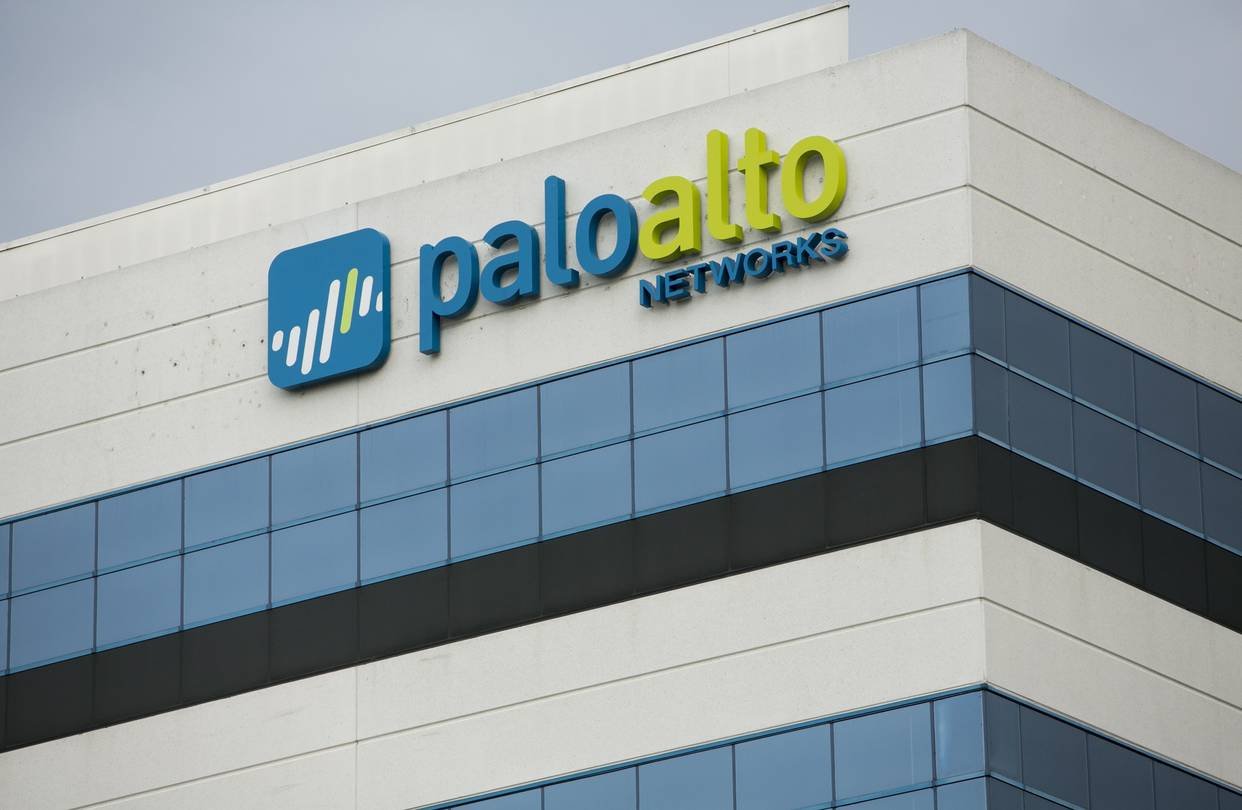Palo Alto Networks has today announced the Palo Alto Networks Application Framework, a cloud-based framework that extends the capabilities of the Palo Alto Next-Generation Security Platform, which will allow customer organizations to rapidly consume and implement a variety of innovative cloud-based security applications from any provider, large or small.
This new framework represents a game-changing evolution of the Palo Alto Networks Next-Generation Security Platform, disrupting the consumption model for organizations to rapidly access, evaluate and adopt cutting-edge security technologies with the Palo Alto Networks infrastructure they already have. It will extend the power of the platform to more rapidly achieve automated, consistent and scalable breach prevention capabilities, all delivered from the cloud.
Traditional methods of creating and consuming security products have not kept pace with today’s need for the rapid development and adoption of emerging security innovations for safeguarding organizations’ networks. The modern network defender is challenged with continuously evaluating, deploying and operationalizing the latest security innovations to keep up with the latest adversary tactics. This puts high operational friction on security teams that must constantly manage fragmented workflows, redundant sensor and enforcement infrastructure, and multiple threat intelligence feeds, all resulting in labor-intensive operations that can hamstring their ability to prevent breaches.
The framework introduces a SaaS (software as a service) consumption model, allowing customers to rapidly evaluate and deploy new capabilities via security applications built by Palo Alto Networks, third-party developers, MSSPs, and their own teams to solve a myriad of security challenges and use cases. This new model will leverage existing Palo Alto Networks sensors, customer-specific data stores and security infrastructure, enabling organizations to instantly activate cloud-delivered applications from different providers as security needs change and without deploying or managing additional products.
Benefits of the Palo Alto Networks Application Framework
- Superior security with high consistency: The framework will unleash new security capabilities as an extension of the Palo Alto Networks platform, which can be enforced with consistency across all users and locations using Palo Alto Networks devices and infrastructure.
- A new cloud-based application consumption model: Applications can be consumed and updated quickly through the cloud with no additional infrastructure or on-premise hardware changes, eliminating operational friction, fragmented workflows and redundant infrastructure throughout the organization.
- Drives innovation and entrepreneurship: Palo Alto Networks, third-party providers, customers and entrepreneurs can rapidly build, commercialize and scale innovative new applications that deliver unique value and extend the capabilities of the Palo Alto Networks Next-Generation Security Platform.
- Economic model of choice: SaaS delivery model minimizes upfront infrastructure investment costs and offers customer organizations predictable operational expense options.
Key Components of the Application Framework
- Customer-specific data store: The customer-specific data store will allow applications to deliver precise, instrumented outcomes built upon high-fidelity data. The customer-specific data store includes threat intelligence derived from more than 17,000 WildFire™ threat analysis service users, human-curated threat context from Unit 42, and telemetry from over 100 other sources. Additionally, Palo Alto Networks Logging Service functions as the central cloud-based repository for all application data and logs, which will allow customers to collect ever-expanding types of data, without needing to plan for local compute and storage.
- Infrastructure: The framework will enable partners and customers to rapidly build and deliver innovative, cloud-based security services for the Palo Alto Networks Next-Generation Security Platform. Applications will be engineered on a common framework for seamless integration and information exchange between different applications, the customer-specific data store and the infrastructure, enabling automated threat identification, prevention, analytics and orchestration use cases from any provider, large or small.
More than 30 security industry vendors have already engaged with Palo Alto Networks to develop applications for the new Palo Alto Networks Application Framework, including Accenture, AlgoSec, Anomali, Aruba (a Hewlett Packard Enterprise company), Attivo Networks, BlackStratus, and so on.
Additionally, a venture fund is being established by Palo Alto Networks, which, in collaboration with Greylock Partners and Sequoia Capital, will seek to help finance early stage companies that will develop applications for the framework.
“Incremental change and siloed security technologies are unacceptable approaches to counter the escalating cyberthreat landscape. To achieve better security outcomes, the Palo Alto Networks Application Framework changes the game against cyber adversaries. Its new access model will unleash the next generation of innovative security services, delivering them in a manner that enables rapid adoption of new capabilities, more automation and consistent security enforcement throughout the organization,” said Nir Zuk, the founder and CTO, Palo Alto Networks.
The Palo Alto Networks Application Framework is expected to be generally available in early 2018, with continuous and ongoing introduction of new security applications.











